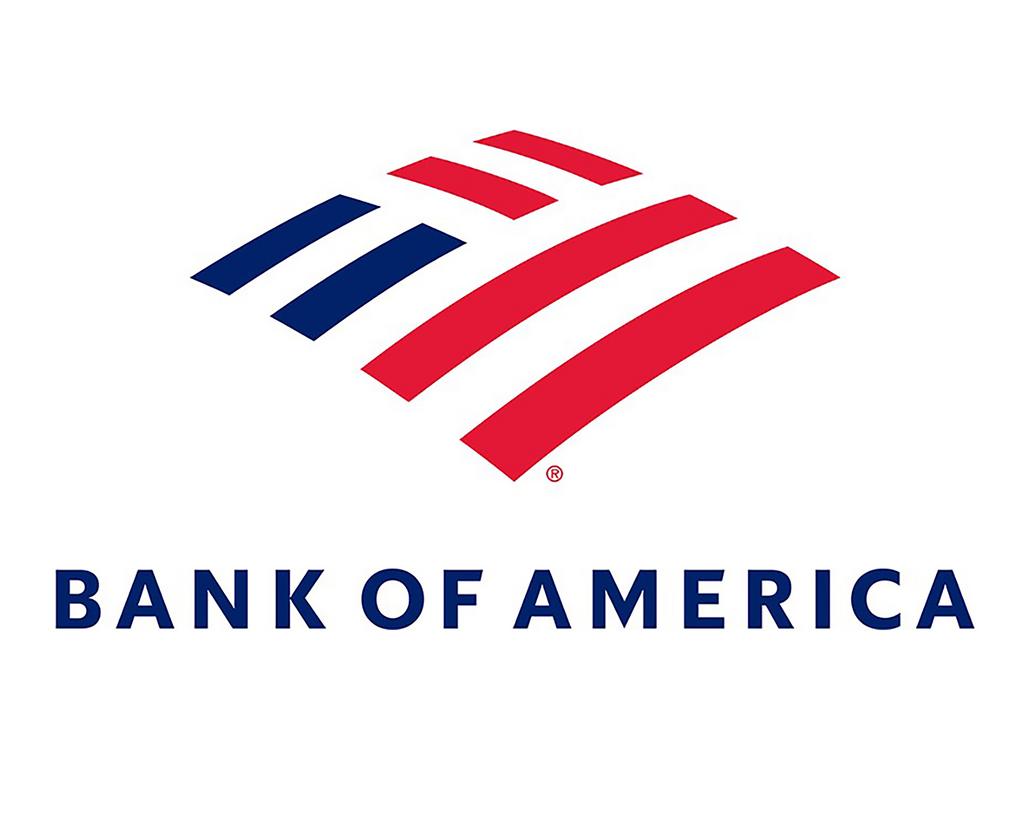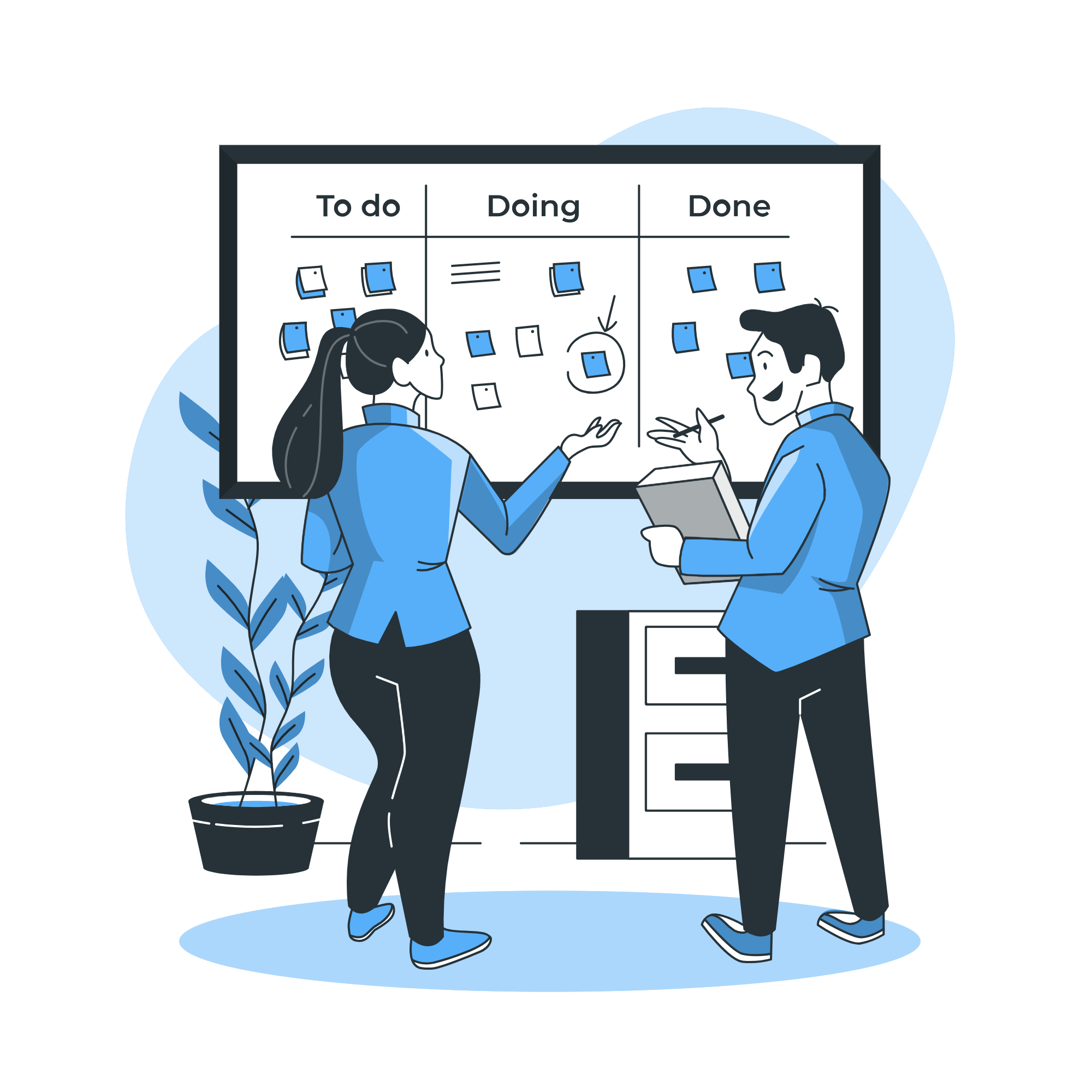To enhance the efficiency and focus of the Agile delivery team supporting critical fraud detection initiatives, I led a backlog optimization effort that streamlined and prioritized work items for maximum impact, while establishing regular cadences to improve triage of production incidents and cybersecurity compliance updates.
-
Situation: The product backlog had grown unwieldy over time, containing outdated and irrelevant user stories, causing confusion and inefficiency during sprint planning and execution.
-
Task: Conduct a thorough audit of the backlog to remove stale items, re-prioritize remaining stories, align the backlog with current business objectives and team capacity, and establish effective triage cadences.
-
Action:
- Collaborated with Product Owners, Business Analysts, and stakeholders to review and validate backlog items for relevance and priority.
- Removed over 50% of outdated or low-value stories, consolidating duplicates and clarifying acceptance criteria for remaining items.
- Reorganized the backlog into prioritized themes to ensure alignment with strategic goals and upcoming sprint objectives.
- Facilitated backlog grooming sessions with the team to ensure stories were ready for development and properly sized.
- Established regular triage cadences to efficiently address production known incidents and cybersecurity compliance updates, improving response time and team coordination.
-
Result: Reduced backlog volume by over 50%, significantly improved sprint planning efficiency and team focus, and enhanced incident triage and compliance update processes, resulting in clearer priorities and smoother delivery cadence.



